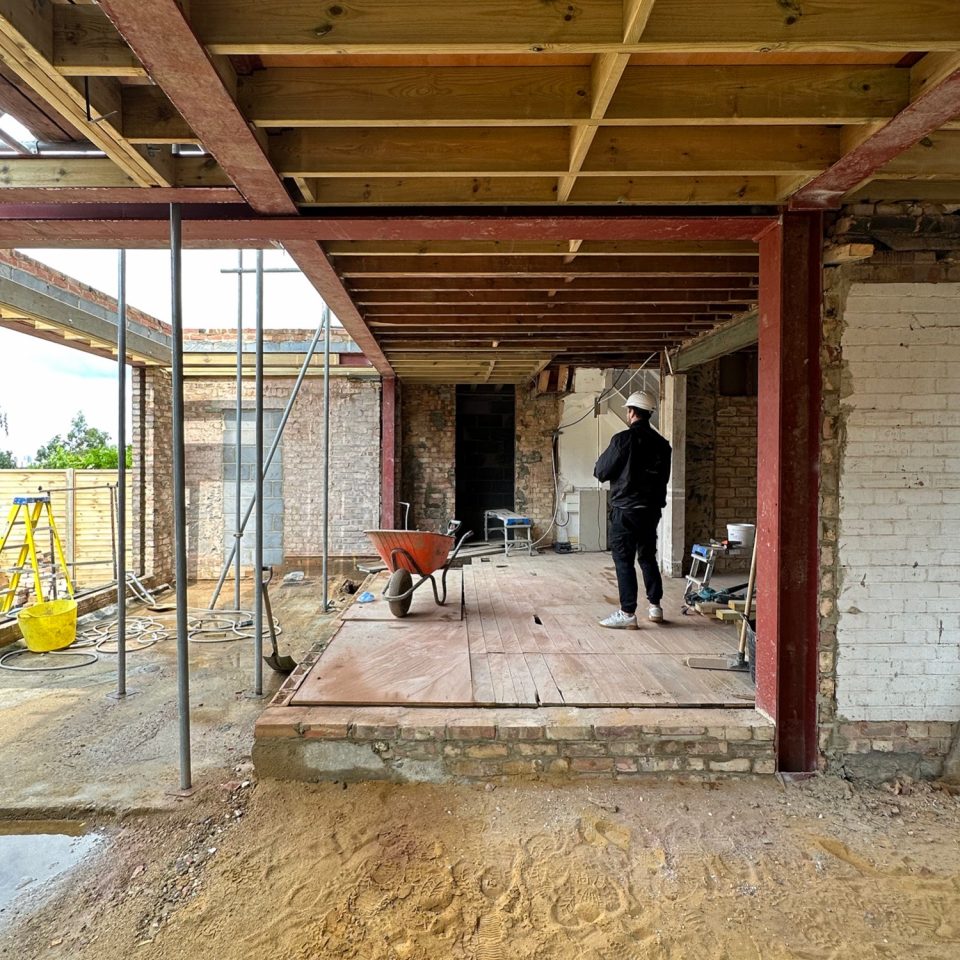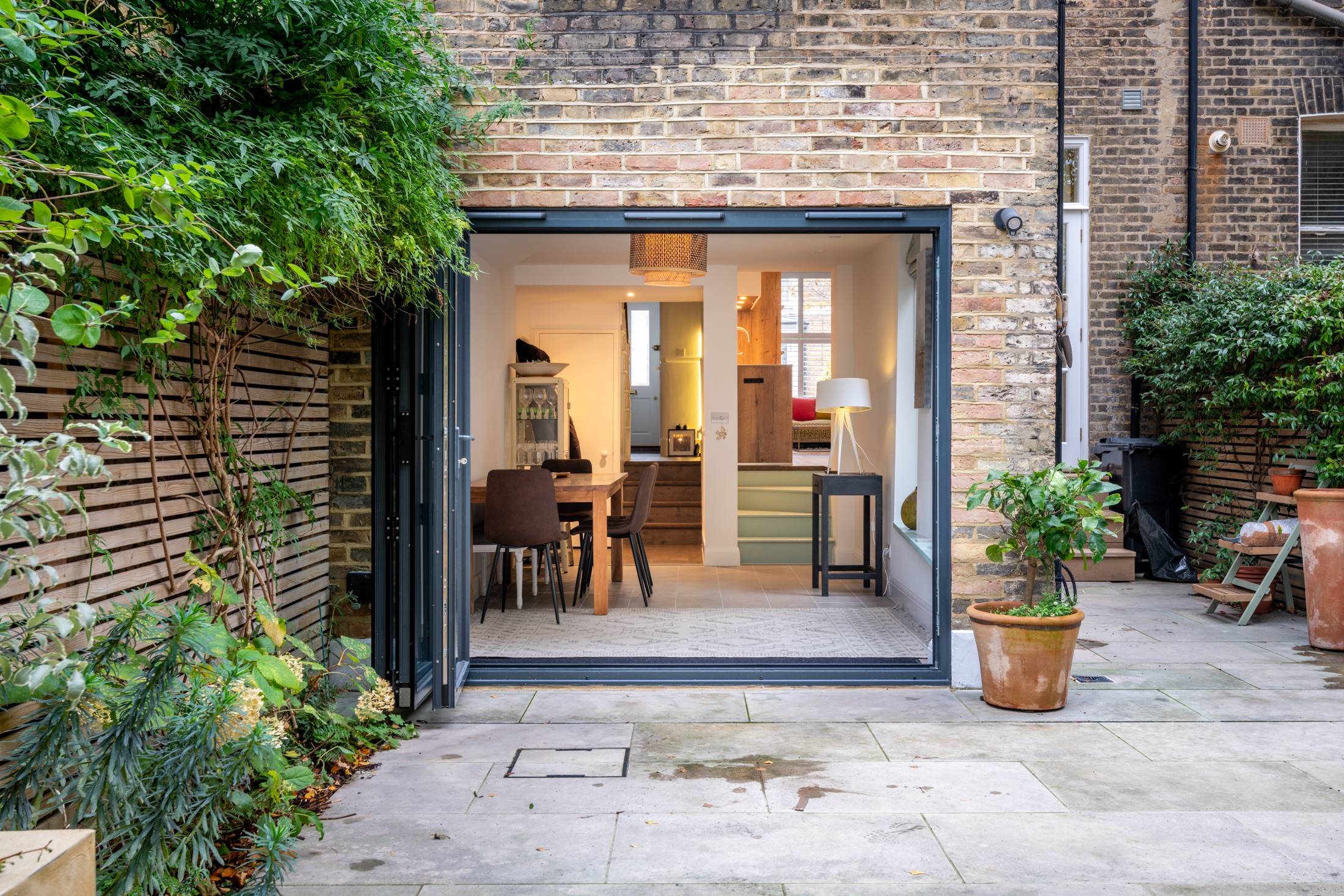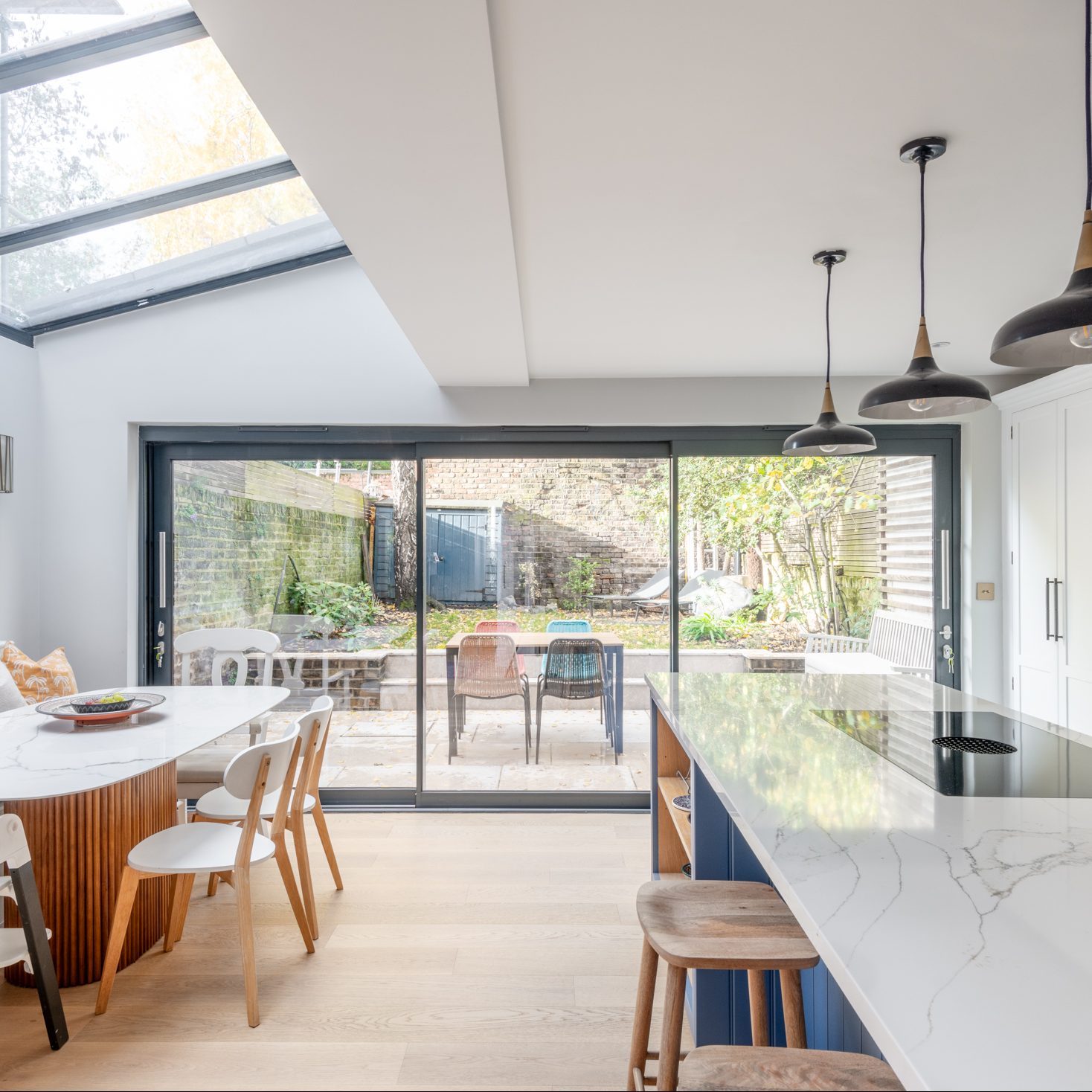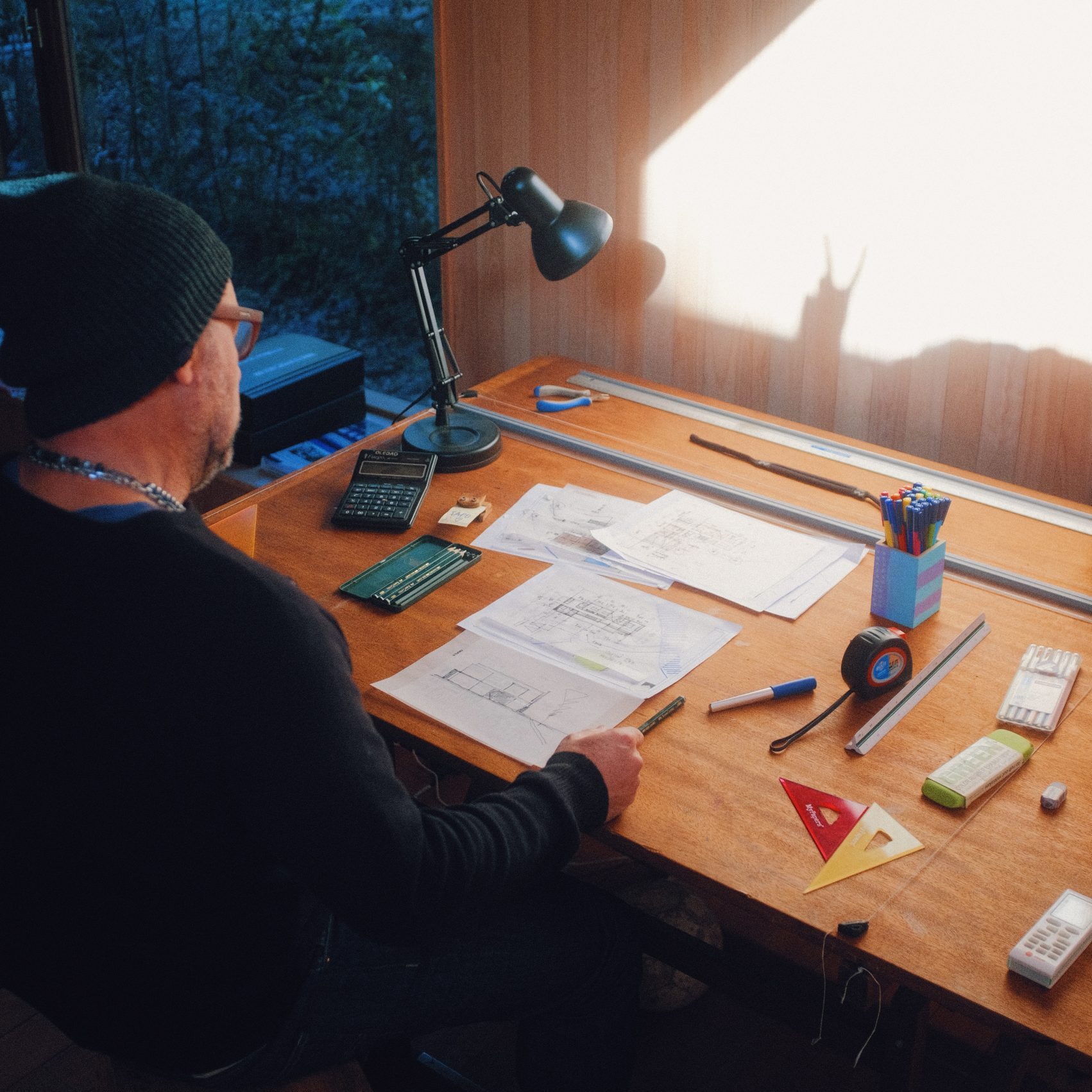The Unpredictable Nature of Building: Why Contingencies Matter

Embarking on an extension project in London’s central boroughs is an exciting endeavour. The promise of added space, an uplift in property value, and the satisfaction of creating a unique architectural stamp on a piece of London’s urban tapestry is indeed alluring. Yet, with the thrill of creation comes the unpredictable nature of building. Unforeseen challenges, from structural surprises to regulatory changes, can quickly emerge, potentially derailing the project’s timeline and budget. This is where the role of contingencies becomes paramount.
1. Understanding the Landscape of London’s Central Boroughs
London’s heart, with its mix of historical edifices and modern constructions, holds secrets buried over centuries. When initiating an extension project, one is essentially delving into a physical record of architectural history. You might find unexpected historical artefacts, uncharted underground structures, or even previously undetected structural vulnerabilities in the existing property. Such surprises can complicate the construction process and inflate costs.
2. Regulatory and Administrative Surprises
The bureaucratic tapestry of London’s building regulations is intricate. Even with the most meticulous planning, homeowners might find themselves facing unanticipated regulatory changes, licensing issues, or community concerns. These can delay projects and result in unforeseen expenses, especially when modifications or additional consultations are required.
3. Fluctuating Market Prices
The construction industry, like any other, is susceptible to market dynamics. Prices of materials can fluctuate based on demand, geopolitical events, trade regulations, and even natural disasters. An extension project spread over several months might see significant cost variations in essential materials, impacting the overall budget.
4. The Human Element
Construction is a harmonious dance between design, materials, and human labour. But humans, by nature, are unpredictable. There could be delays due to workforce shortages, errors in execution, or miscommunications between different teams. Such hiccups, while natural, can lead to both time and cost overruns.
5. The Essentiality of a Contingency Budget
Given these uncertainties, maintaining a contingency budget is not just recommended; it’s imperative. This fund acts as a financial cushion, absorbing unexpected expenses without derailing the primary budget. For most extension projects in London, it’s wise to allocate between 10% to 20% of the total budget as a contingency.
6. Working with Experienced Architectural Practices
Partnering with an experienced architectural firm, especially one familiar with the nuances of London’s central boroughs, offers homeowners an advantage. Such firms often have insights into common challenges, potential regulatory shifts, and local market dynamics. Their expertise can help in better predicting potential pitfalls and, consequently, in setting a realistic contingency budget.
7. Peace of Mind
Beyond the tangible financial benefits, a contingency budget offers homeowners something invaluable: peace of mind. Knowing that there’s a buffer to handle the unpredictable allows homeowners to focus on the exciting aspects of the project without constant anxiety over potential financial setbacks.
Conclusion
While the allure of crafting an extension in the heart of London is undeniable, the journey is paved with uncertainties. However, with proactive planning, the right architectural partnership, and a robust contingency in place, homeowners can navigate the unpredictable nature of building. This ensures that their vision comes to life without the project becoming a financial strain, making their architectural dream a grounded, sustainable reality.




